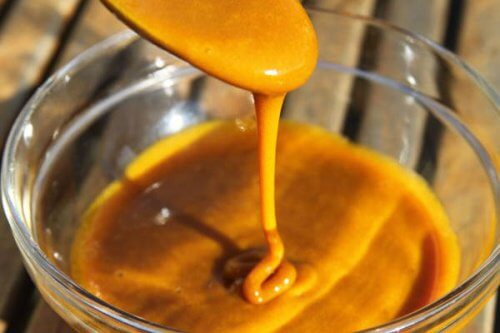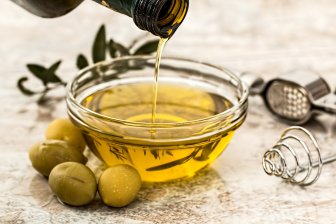
India is one of the top producers of Turmeric within Asia. In ancient Indian tradition, turmeric or haldi is not only one of the essential spices, but also regarded therapeutic and medicinal. It has been used as a medicine for a very long time and it is still used for various health conditions. It is now being hailed as the superfood all across the globe for its antiseptic, antiviral, anti-inflammatory and immunity enhancing properties.
A bioactive compound called curcumin present within it makes it potential to fight against the odds and also aids to keep you fit and healthy. It may well be the newfound trend for the rest of the world but India has been celebrating this ancient spice for centuries.
Let us walk through some of the best uses of turmeric aka haldi to make the most of your health
Turmeric Latte for Immunity

Turmeric Latte, a humble brew gets a trendy spin. Cafes from Sydney to San Francisco serve Turmeric latte, the Haldi doodh from India. It is a perfect example of how when we ape any food trend superficially, we fail to adopt the collective food wisdom in its entirety – the ingredients come together like pieces of a puzzle but do not fit in to create a beautiful piece of art.
There’s more to India’s golden drink than just mixing haldi with milk. The specific proportion of haldi in milk, the presence of other active compounds and the timing at which you are having it, are all crucial for its therapeutic value.
When your grandmom added a generous pinch of black pepper and a teaspoon of ghee while brewing a cuppa of haldi doodh for you, she probably knew that piperine (main active ingredient in black pepper) enhances absorption of curcumin and the good fat ghee improves its bioavailability in the body all at once. The reason why she insisted you have the Haldi doodh before hitting the bed, is because it helps in overnight recovery, either from illness, injury or post workout. A good post workout recovery is crucial for steady and sustainable weight loss.
Warm Water along with turmeric

You must be aware of the benefits of drinking warm water in the morning to keep yourself fit. As warm water helps to flush out all of the toxins within the body and also add’s in improving metabolism.
Did you know the fact that adding a bit of turmeric to that glass of warm water can simply sum up in boosting your health? Yes, this is true! Having warm water along with turmeric improves your digestion, improves your skin and its complexion, helps in keeping your heart healthy and the list of benefits goes on.
Turmeric soup

If you’re going through a sore throat condition, you can go for the turmeric soup, it is an effective herbal drink which soothes the throat with its antimicrobial properties, fighting the various throat infections. This soup is also a great source of strength for the immune system.
Have a cup of Turmeric Tea

When it comes to Turmeric tea, it has its own distinctive flavour and a bit of pepper powder (which enhances absorption of curcumin) is mostly used in it. It is said to be beneficial in easing arthritis symptoms, helps in cancer prevention and treating uveitis. This is surely for you if you are more of the experimental kinds and would like to get a little innovative with your tea, you can tweak it with a twist of haldi in it. Steep dried and grated turmeric in a pot of hot water, blended with crushed peppercorns, sip on it while it’s hot.
A Fusion of Turmeric and Honey

As you know turmeric is kind of bitter to taste, a teaspoon of honey can be added to half a spoon of haldi before consuming it. This is probably the best to get the most of turmeric while making it taste good. This paste made out of turmeric and honey is beneficial in treating cough. Also, it plays a vital role in relieving arthritic joint pain.
Turmeric Fumes: Inhalation

A small teaspoon of turmeric powder put on a hot pan and its fumes when inhaled helps provide relief from congestion caused due to cough and cold. After breathing the smoke in each of the nostrils, it releases all of the mucous from the sinus cavity. The anti-inflammatory properties of haldi relieves the sinusitis by reducing the swelling. These fumes are also helpful in suppressing hiccups.
Skin Treatment Using Haldi

If you get back into time, you may remember your mom or maybe grandma using a paste of ghee and haldi powder over the bruise which you probably got while playing, well, as said earlier, it has anti-inflammatory and antioxidant properties which ultimately boosts the healing process. Apart from healing wounds, it also looks after other skin issues like acne and scars by speeding up the healing process.
The next time you get a bruise or cut, fiker not (have no worries). Put a paste of ghee and haldi powder and you are ready to get, set, go.
Confused by the misinformation about potential health problems with traditional Indian foods? Get in touch with award-winning Mumbai dietitian and nutritionist, Munmun Ganeriwal, a strong advocate of the holistic, wellness benefits of fresh, local, and traditional Indian foods.





